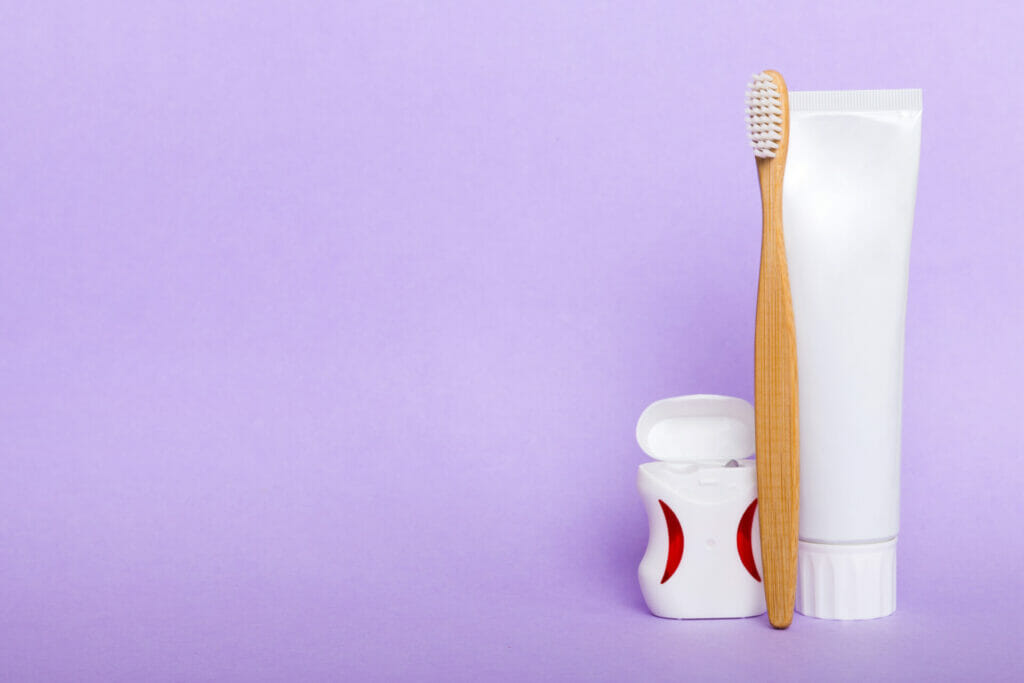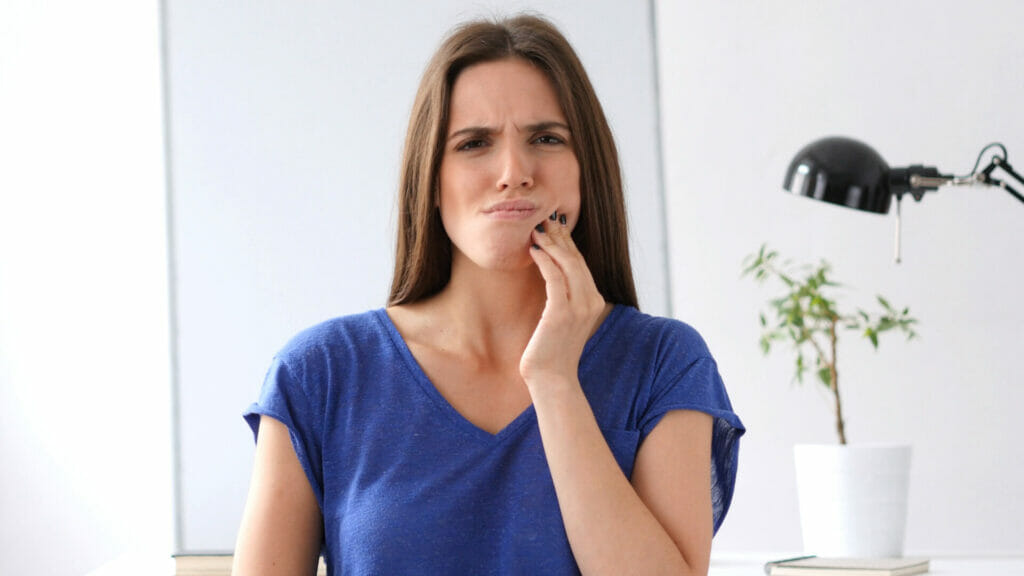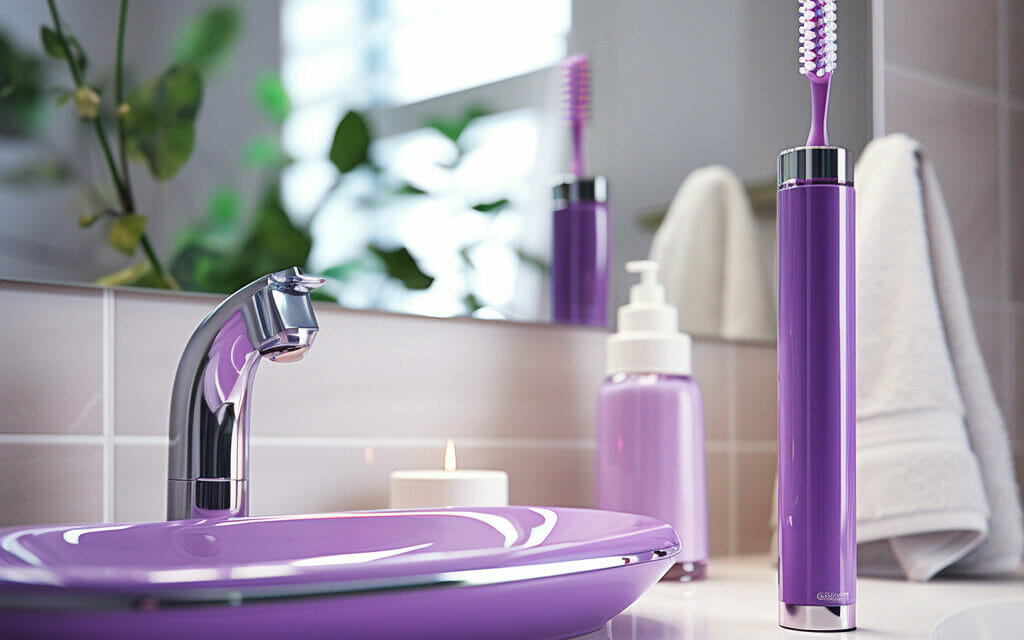- Temporary whitening effect: Purple toothpaste can instantly make teeth appear whiter.
- Gentle on teeth: It is generally less abrasive and causes minimal tooth sensitivity.
- Suitable for all surfaces: Purple toothpaste can be used on natural enamel, veneers, crowns, and dentures.
- Temporary results: The whitening effect is temporary and fades as the purple pigments are rinsed away.
- Limited whitening ability: Purple toothpaste does not actually change the color of the teeth but masks yellow stains.
- Potential taste difference: Some users may notice a slight difference in taste compared to regular toothpaste.
- Professional teeth whitening: Dentists offer professional whitening treatments that use stronger bleaching agents for more noticeable and long-lasting results.
- Whitening strips or trays: Over-the-counter whitening strips or trays can be used at home to gradually whiten teeth.
- Natural remedies: Some individuals opt for natural remedies like oil pulling or baking soda to help remove surface stains.
- Temporary whitening effect: Purple toothpaste can instantly make teeth appear whiter.
- Gentle on teeth: It is generally less abrasive and causes minimal tooth sensitivity.
- Suitable for all surfaces: Purple toothpaste can be used on natural enamel, veneers, crowns, and dentures.
- Temporary results: The whitening effect is temporary and fades as the purple pigments are rinsed away.
- Limited whitening ability: Purple toothpaste does not actually change the color of the teeth but masks yellow stains.
- Potential taste difference: Some users may notice a slight difference in taste compared to regular toothpaste.
- Professional teeth whitening: Dentists offer professional whitening treatments that use stronger bleaching agents for more noticeable and long-lasting results.
- Whitening strips or trays: Over-the-counter whitening strips or trays can be used at home to gradually whiten teeth.
- Natural remedies: Some individuals opt for natural remedies like oil pulling or baking soda to help remove surface stains.
Keywords: purple toothpaste, teeth whitening, dental hygiene, color theory
If you’ve been scrolling through social media or browsing beauty articles, you may have come across the trend of using purple toothpaste for teeth whitening. But does this colorful paste really live up to its claims? In this comprehensive guide, we’ll dive deep into the science behind purple toothpaste and separate fact from fiction. Get ready to unveil the truth about this intriguing dental product.
I. Understanding Color Theory

To comprehend how purple toothpaste works, we need to explore the principles of color theory. Purple is located opposite yellow on the color wheel, making them complementary colors. According to Mark S. Wolff, Dean at the University of Pennsylvania School of Dental Medicine, when complementary colors are placed together, such as purple and yellow, they cancel each other out. This concept serves as the foundation for the use of purple toothpaste to counteract yellow stains on teeth.
II. The Science Behind Purple Toothpaste
Purple toothpaste, like Popwhite Purple Power Duo, utilizes the color wheel rather than traditional whitening agents like hydrogen peroxide. Developed by a makeup artist and dental scientist duo, this innovative system harnesses the power of color correction. The toothpaste and mouthwash duo work in tandem to fade stains by depositing purple pigments on the teeth’s surface.
III. How Purple Toothpaste Works
Unlike traditional whitening products that alter the tooth structure, purple toothpaste creates an optical illusion. By leaving a thin layer of purple film on the tooth’s surface, it tricks the eye into perceiving whiter teeth. It’s important to note that this effect is temporary and does not change the actual color of the teeth.
IV. Debunking Myths: Is Purple Toothpaste a Dye?

One common concern about purple toothpaste is whether it will permanently stain the mouth. Rest assured, purple toothpaste is not a dye. While it may temporarily dye the lips and tongue, these pigments can be easily removed with a washcloth or toothbrush. Any lingering purple tint usually fades within 15 minutes.
V. Effectiveness of Purple Toothpaste
Purple toothpaste can provide immediate results, making teeth appear whiter after use. However, it’s crucial to understand that the whitening effect is purely cosmetic. The purple pigments mask the appearance of yellow stains, but they do not actually whiten the teeth. Once the purple film is rinsed away or wears off, the teeth will return to their original color.
VI. Considerations for Sensitive Teeth

For individuals with sensitive teeth, purple toothpaste may offer a gentler alternative to traditional whitening products. Many whitening agents, including hydrogen peroxide, can cause tooth sensitivity. Purple toothpaste, on the other hand, generally poses a lower risk of sensitivity due to its non-abrasive nature.
VII. Pros and Cons of Purple Toothpaste
As with any dental product, there are pros and cons to consider when using purple toothpaste. Let’s explore them in detail:
Pros:
Cons:
VIII. Alternative Whitening Options
While purple toothpaste can provide a quick fix for a brighter smile, there are alternative options for those seeking more permanent and effective teeth whitening:
IX. Professional Advice
It’s always advisable to consult with a dentist before starting any teeth whitening regimen. They can evaluate your oral health, address any concerns, and recommend the most suitable whitening method for your individual needs.
X. Conclusion
In conclusion, purple toothpaste has gained popularity for its ability to provide immediate cosmetic whitening effects. While it does not actually change the color of the teeth, the color correction properties of purple toothpaste can temporarily mask yellow stains. It offers a gentler option for those with sensitive teeth but should be regarded as a short-term solution. For more significant and long-lasting results, professional whitening treatments or alternative whitening methods may be more appropriate. Remember to prioritize dental health and consult with a dentist for personalized advice.
By understanding the science behind purple toothpaste and debunking myths, you can make an informed decision about incorporating it into your dental care routine.
II. The Science Behind Purple Toothpaste
Purple toothpaste, like Popwhite Purple Power Duo, utilizes the color wheel rather than traditional whitening agents like hydrogen peroxide. Developed by a makeup artist and dental scientist duo, this innovative system harnesses the power of color correction. The toothpaste and mouthwash duo work in tandem to fade stains by depositing purple pigments on the teeth’s surface.
III. How Purple Toothpaste Works
Unlike traditional whitening products that alter the tooth structure, purple toothpaste creates an optical illusion. By leaving a thin layer of purple film on the tooth’s surface, it tricks the eye into perceiving whiter teeth. It’s important to note that this effect is temporary and does not change the actual color of the teeth.
IV. Debunking Myths: Is Purple Toothpaste a Dye?

One common concern about purple toothpaste is whether it will permanently stain the mouth. Rest assured, purple toothpaste is not a dye. While it may temporarily dye the lips and tongue, these pigments can be easily removed with a washcloth or toothbrush. Any lingering purple tint usually fades within 15 minutes.
V. Effectiveness of Purple Toothpaste
Purple toothpaste can provide immediate results, making teeth appear whiter after use. However, it’s crucial to understand that the whitening effect is purely cosmetic. The purple pigments mask the appearance of yellow stains, but they do not actually whiten the teeth. Once the purple film is rinsed away or wears off, the teeth will return to their original color.
VI. Considerations for Sensitive Teeth

For individuals with sensitive teeth, purple toothpaste may offer a gentler alternative to traditional whitening products. Many whitening agents, including hydrogen peroxide, can cause tooth sensitivity. Purple toothpaste, on the other hand, generally poses a lower risk of sensitivity due to its non-abrasive nature.
VII. Pros and Cons of Purple Toothpaste
As with any dental product, there are pros and cons to consider when using purple toothpaste. Let’s explore them in detail:
Pros:
Cons:
VIII. Alternative Whitening Options
While purple toothpaste can provide a quick fix for a brighter smile, there are alternative options for those seeking more permanent and effective teeth whitening:
IX. Professional Advice
It’s always advisable to consult with a dentist before starting any teeth whitening regimen. They can evaluate your oral health, address any concerns, and recommend the most suitable whitening method for your individual needs.
X. Conclusion
In conclusion, purple toothpaste has gained popularity for its ability to provide immediate cosmetic whitening effects. While it does not actually change the color of the teeth, the color correction properties of purple toothpaste can temporarily mask yellow stains. It offers a gentler option for those with sensitive teeth but should be regarded as a short-term solution. For more significant and long-lasting results, professional whitening treatments or alternative whitening methods may be more appropriate. Remember to prioritize dental health and consult with a dentist for personalized advice.
By understanding the science behind purple toothpaste and debunking myths, you can make an informed decision about incorporating it into your dental care routine.
